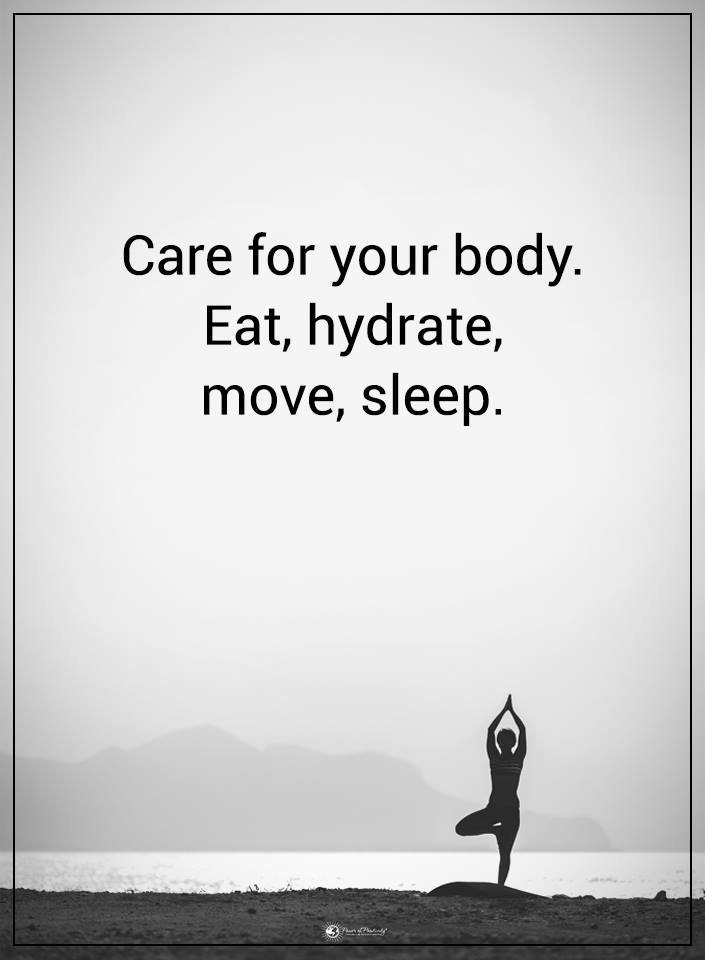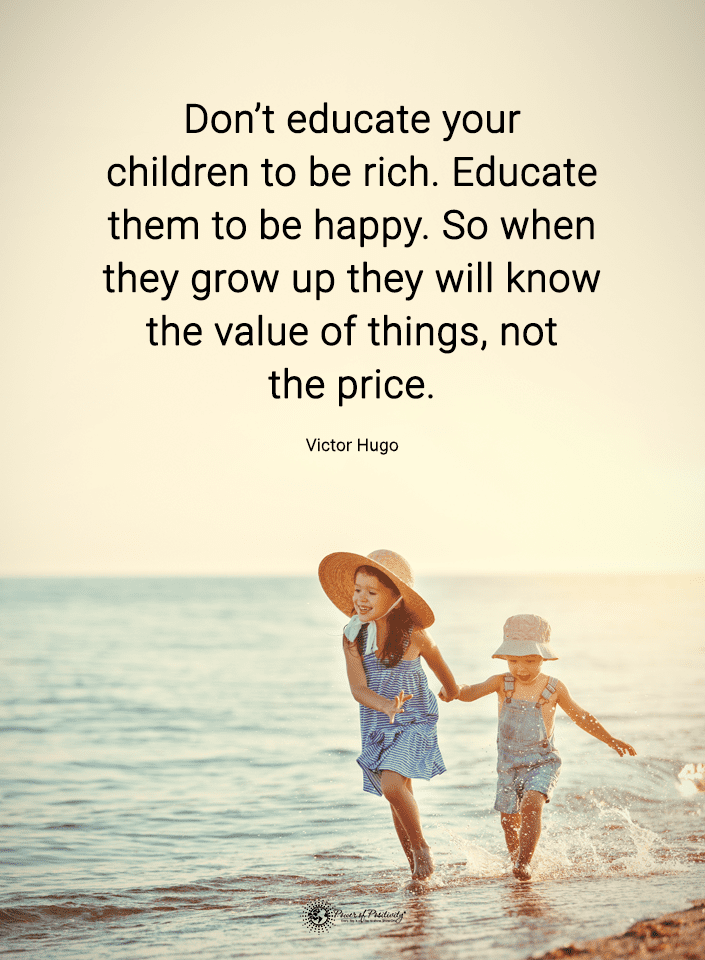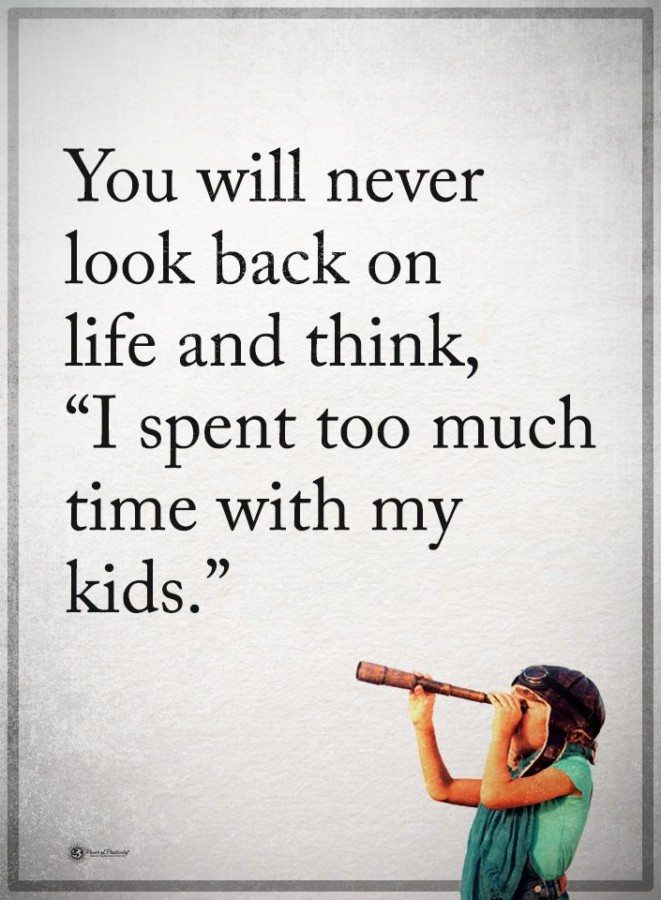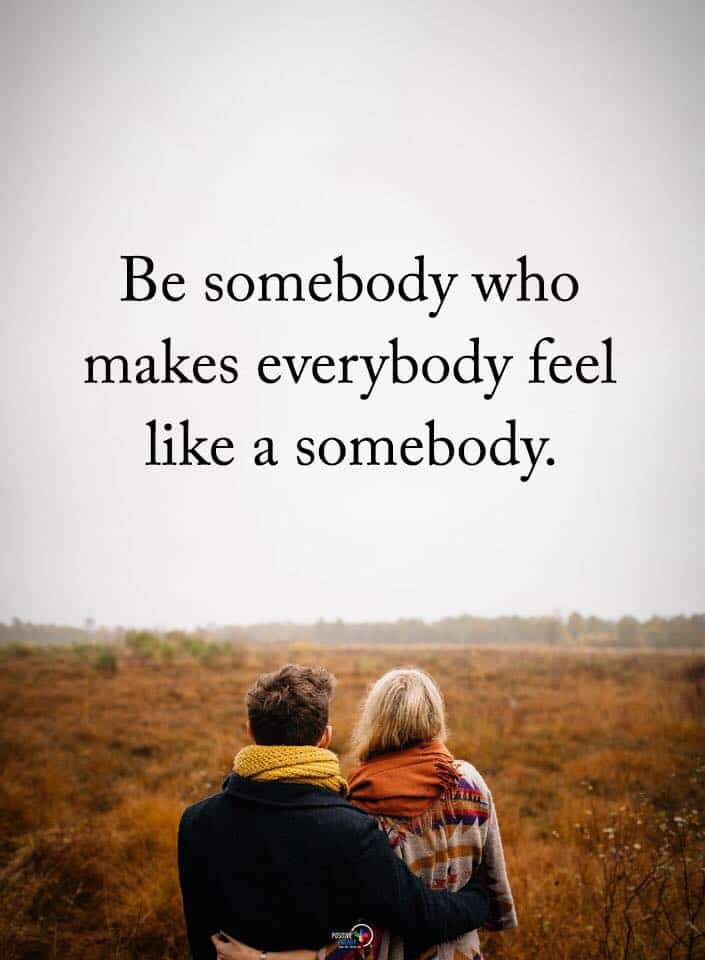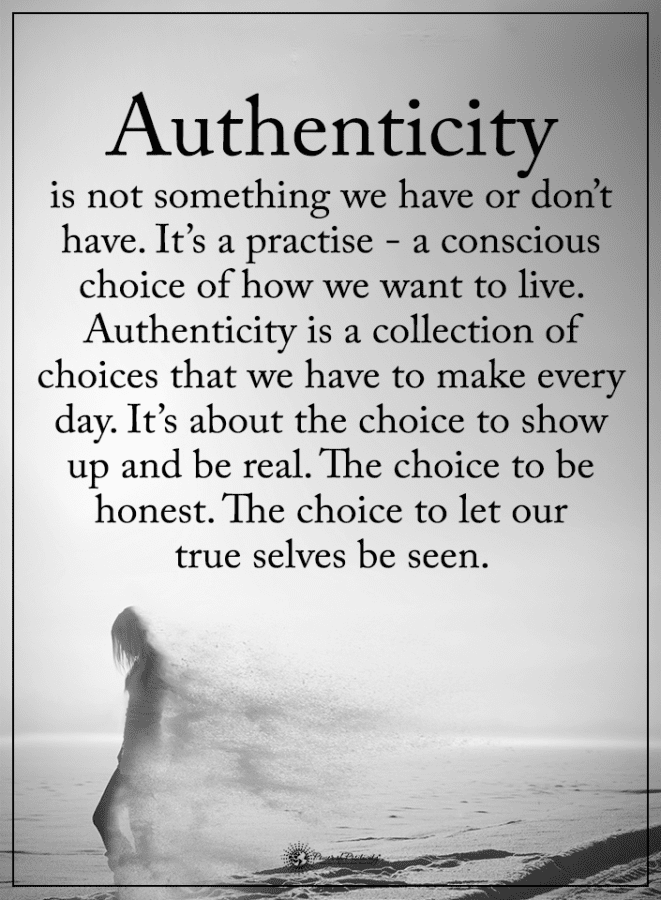“If you can’t produce enough insulin (you) get diabetes. If you can’t produce enough thyroid hormones, you gain weight and feel very tired and cold all the time. When you make too much cortisol, you feel stressed and anxious and prevent (weight loss.)” ~ Dr. Robert Silverman
Hormones are complicated little buggers, each with their own roles to play inside of the body. Collectively, hormonal glands – which make up the endocrine system – must “hum along” if we’re to think and feel our best.
Hormones and Weight
We all have five hormones that affect fat storage or burning:
Adiponectin, which lowers blood sugar and burns fat; Grehlin, which stimulates hunger and fat storage; Insulin, which lowers blood sugar and stores fat; Leptin, which stimulates satiety (feeling “full”) and fat burning; and Cortisol, which increases blood sugar and cravings.
Off all these, insulin may be best known as the hormone responsible for fat storage and weight gain. Leptin – a lesser-known hormone and powerful fat-burner – serves as a powerful counterbalance to insulin.
In short, insulin stores fat while leptin burns it. Leptin also provokes the “I’m full” feeling.
Balancing the “male” and “female” hormones, testosterone and estrogen, respectively, is just as crucial for fat loss. Progesterone, a secondary female sex hormone, also plays an important role.
Using Food to Burn Fat
Put simply, hormones tell the body what to do – and food impacts the messages that hormones send.
Perhaps the best way to maintain proper hormone balance is to eat the right foods. We’ve put together a list of 10 foods that are both nutrient-dense and contain hormone-supporting properties. All 10 foods aid proper hormone regulation.
Here are the foods that turn on fat burning hormones:
1. Natural Sugars
Sugar, in it’s refined form, is very bad for your health. ‘Refined’ means any kind of sugar that isn’t natural, while natural sugars – such as those contained in fruits – are fine in moderation.
Galina Denzel, author of the book Eat Well, Move Well, Love Well: 52 Ways to Feel Better in a Week, says, “Keep sugar found within natural foods, like eating a whole apple, or a piece of watermelon.”
2. Flaxseed
Ground flaxseed provides a nice dose of fiber, which helps you feel full. Flaxseed contains other weight-loss benefits, such as a healthy dose of omega-3 fatty acids and lignan, a substance which may help stimulate metabolism.
3. Cinnamon
Women, pay attention: cinnamon provides some potent weight-loss properties just for you. An organic compound called cinnamaldehyde helps balance hormones by lowering testosterone production while increasing progesterone levels.
The only drawback is a “sprinkle or two” won’t cut it: you’ll need a supplement.
4. Cruciferous Veggies
Vegetables such as broccoli, cauliflower, cabbage, Brussels sprouts, bok choy, and mustard greens are some of the best foods you can eat to burn fat.
That’s because c-veggies are both low-cal and high in fiber. Additionally, they’re mostly made of water, which promotes satiety.
5. Healthy Fats
Dietary fat is utilized by the body for hormone synthesis, critical for maintaining hormone balance. Healthy and essential fats, such as those found in avocados, egg yolks, fatty fish, nuts, oil, salmon, and seeds will do the trick.
An omega-3 supplement is serviceable, but whole foods containing healthy fats are optimal.
6. Apple Cider Vinegar
A shot of apple cider vinegar is perhaps the quickest way to help correct hormonal imbalances between estrogen, progesterone, and testosterone – essential to fat loss.
For optimal results, use a raw, organic and unfiltered ACV.
7. Healthy snacks
Yes, we understand this recommendation isn’t one specific “food,” but hear us out. The unfortunate truth is that we live in a culture that is continuously stressed-out. This stress saturates our body in cortisol, which – as we’ve mentioned – promotes fat storage.
The best way to counteract our body’s stress response is to eat snacks rich in whole grains, lean proteins, and heart-healthy fats throughout the day. In turn, this regulates cortisol production.
8. Red Wine
Drinking moderate amounts of red wine is a healthy dietary choice. Red wine contains a polyphenol called resveratrol, which is a potent anti-inflammatory and hormone-balancing substance.
As with any liquid or beverage recommended here, try not to go cheap. There are plenty of high-quality red wines that won’t bust your budget.
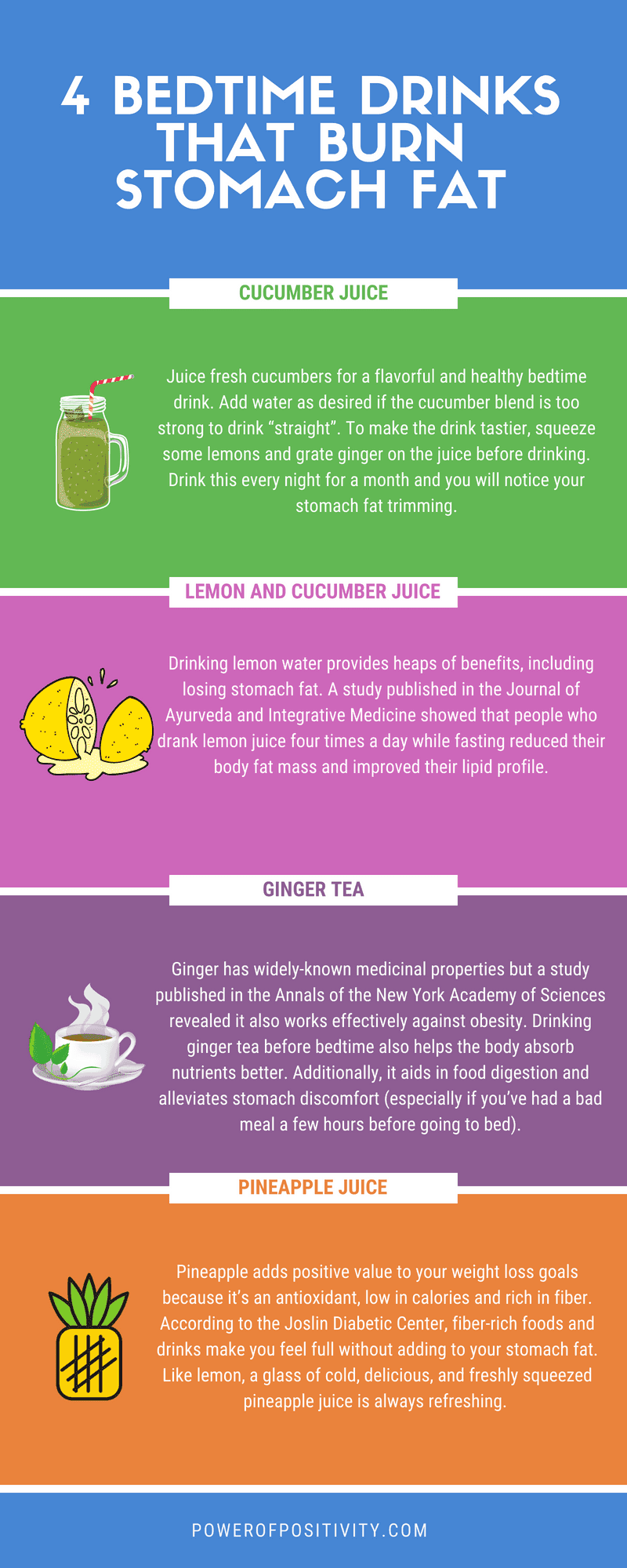
9. Nuts or Cottage Cheese
Before hitting the hay, make sure to have a small, protein-rich snack, such as some cottage cheese or some nuts. Both contain a good dose of amino acids and magnesium, which will encourage a deeper sleep throughout the night.
A good night’s sleep is critical to balancing hormones, particularly cortisol, estrogen, and progesterone.
10. Vitamin-D
Vitamin D deficiency is very common in developed countries, including the United States and Canada. Healthy Vit-D levels aid healthy hormone production and maintenance.
There are plenty of foods rich in vitamin D, including fatty fish, dairy, orange juice, soy milk, cheese, and egg yolks.

